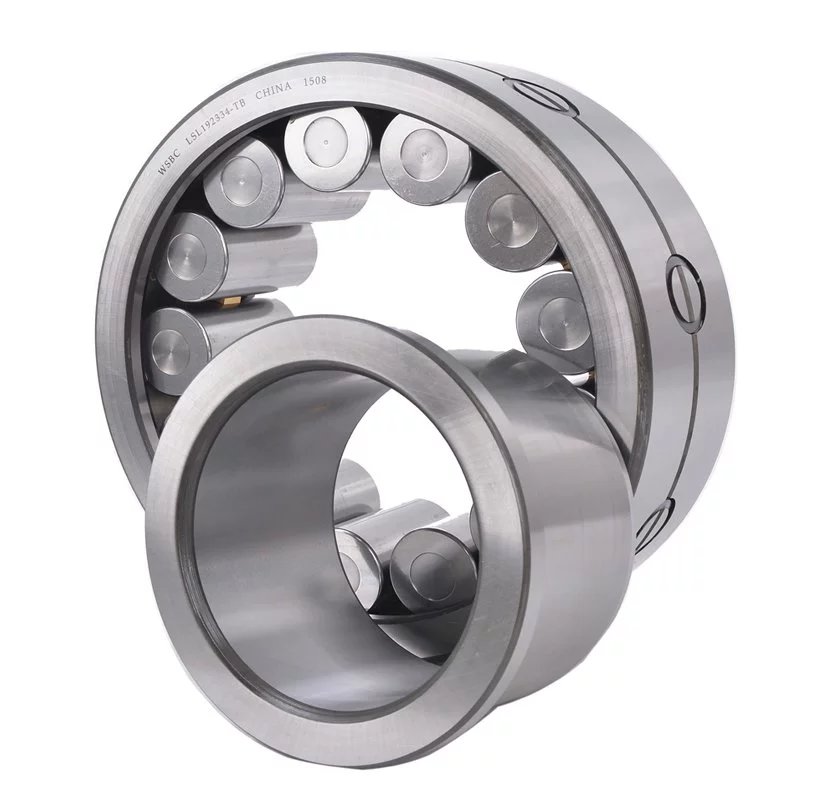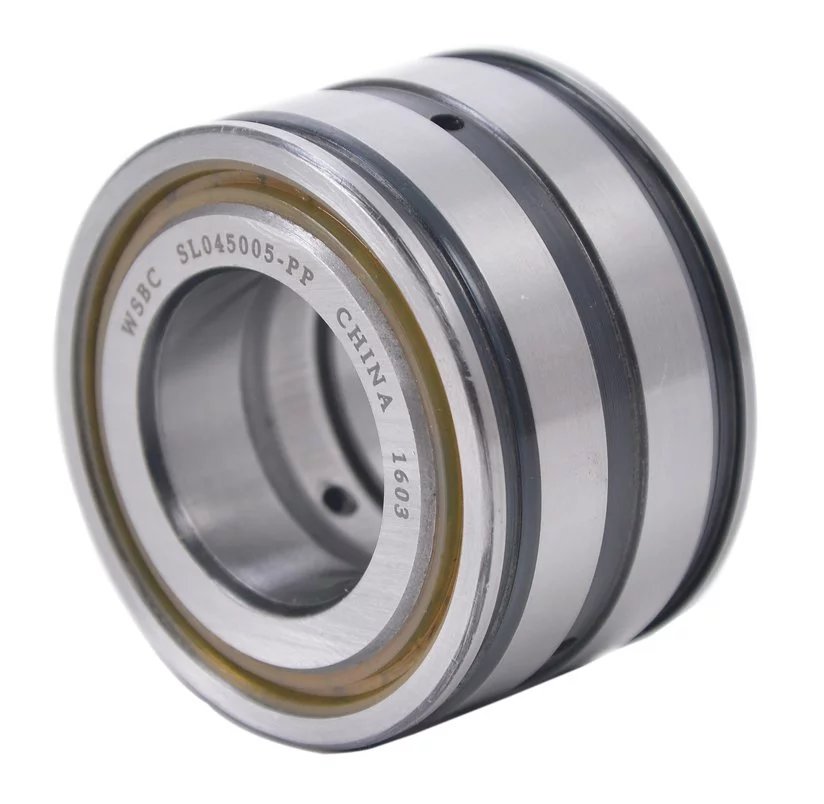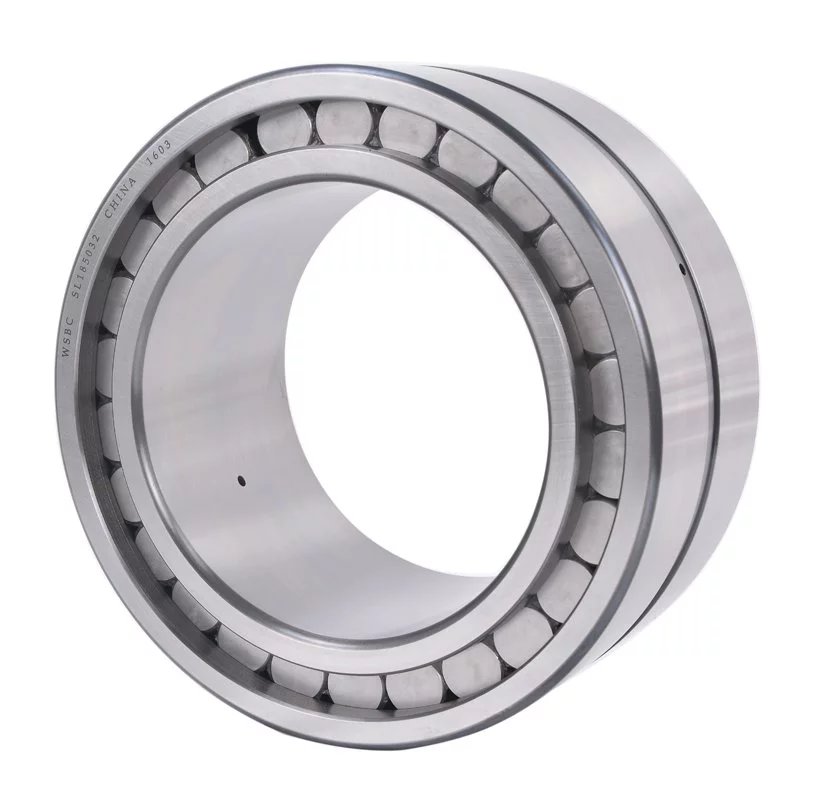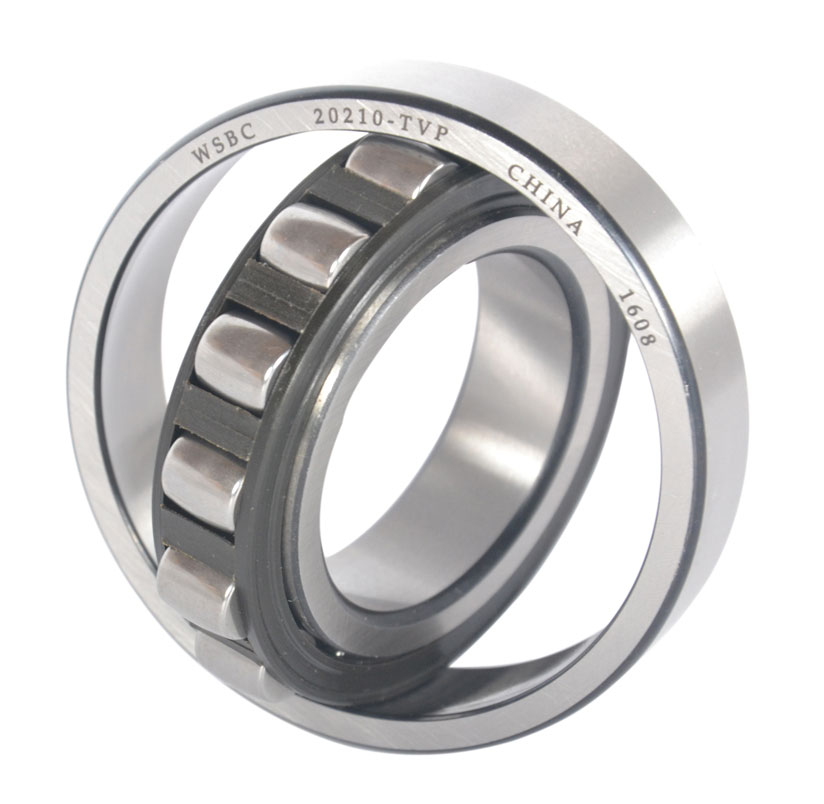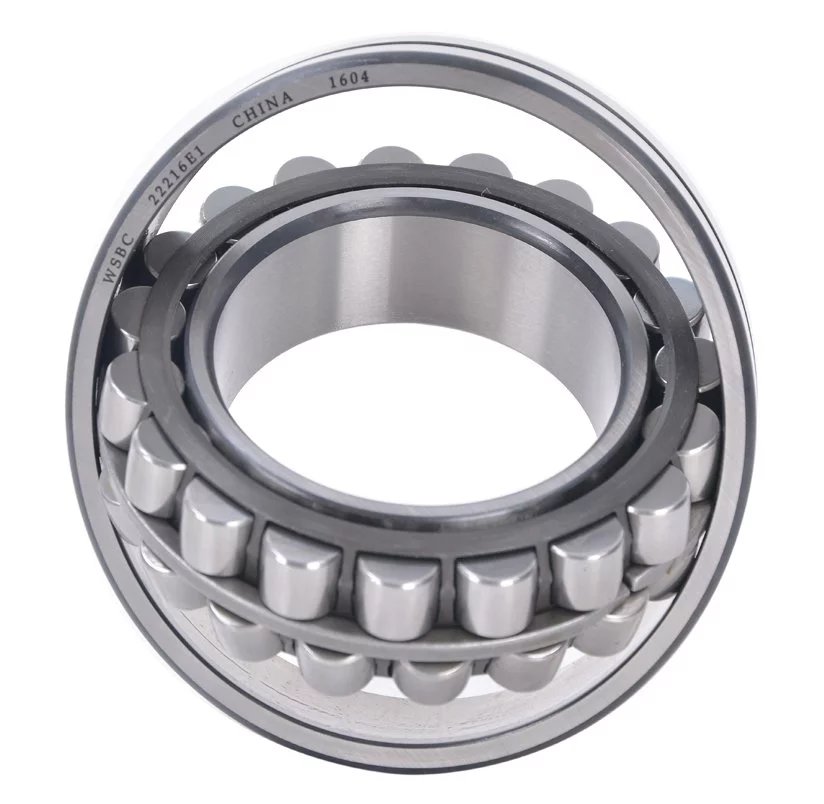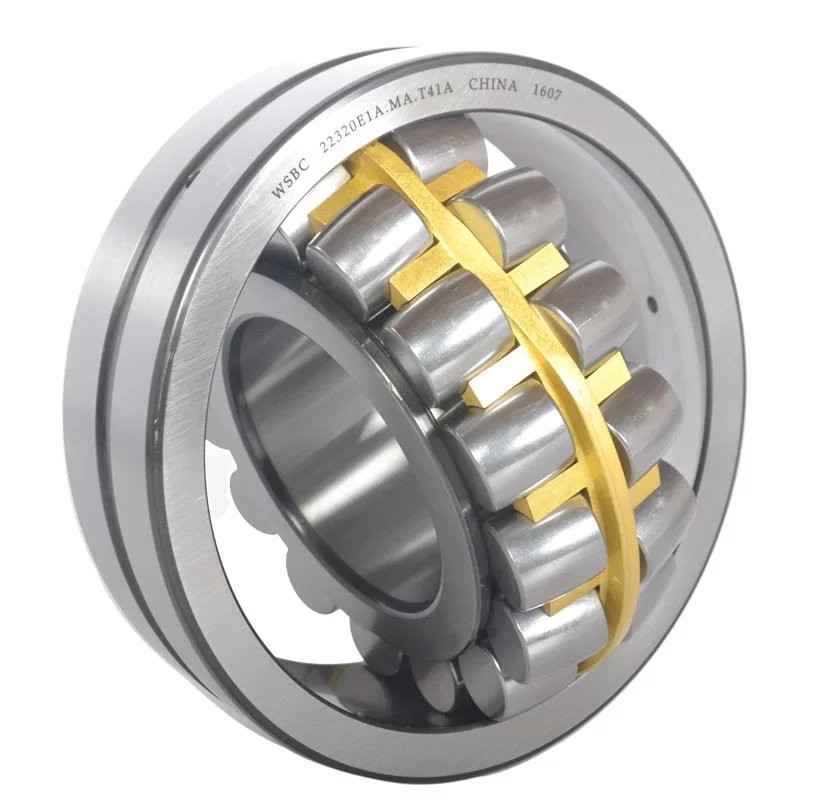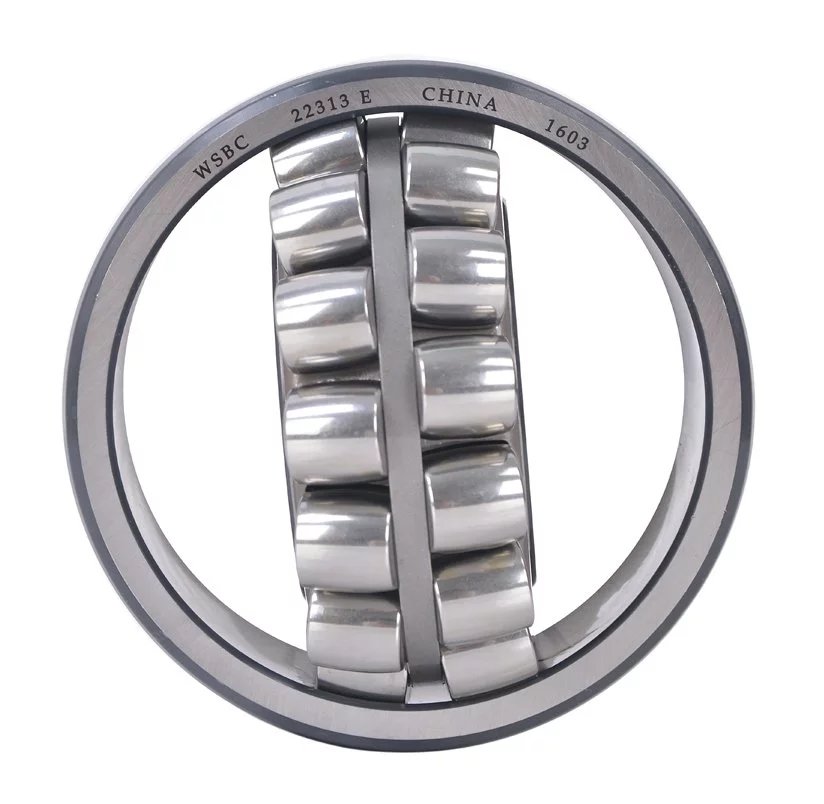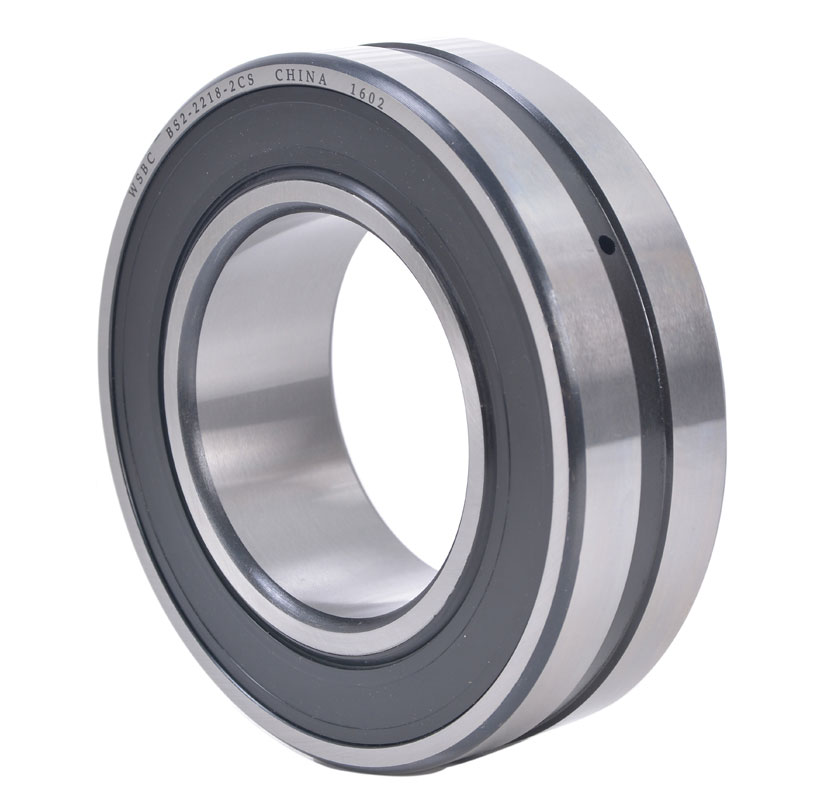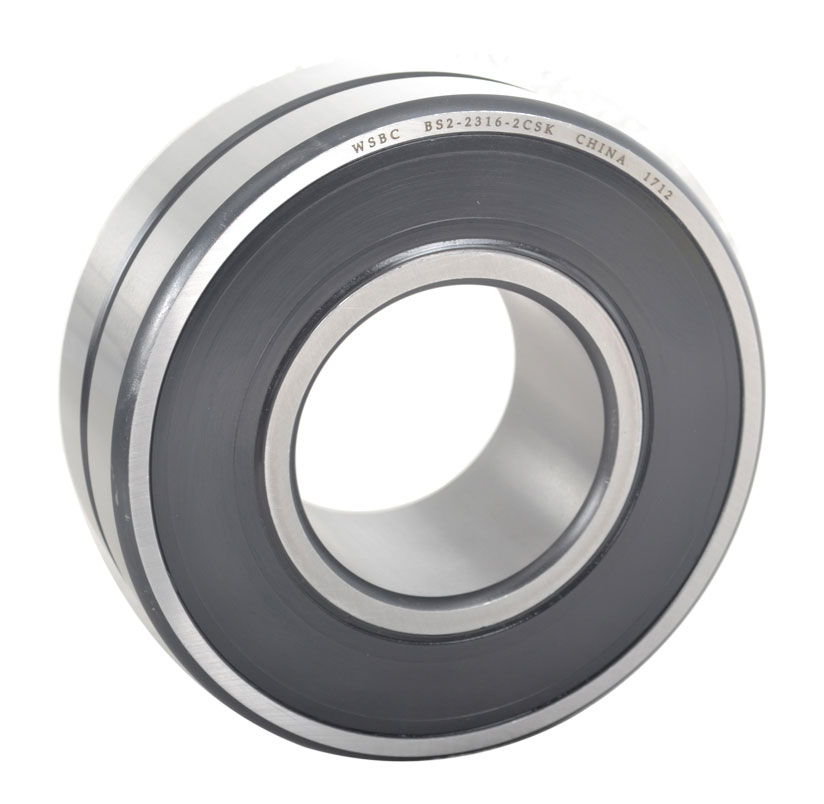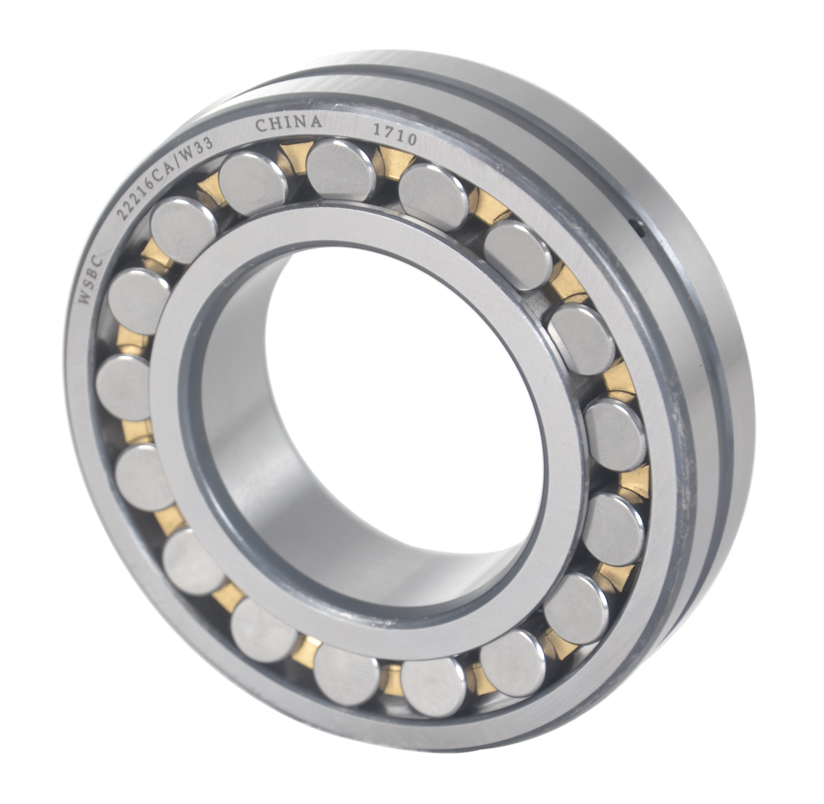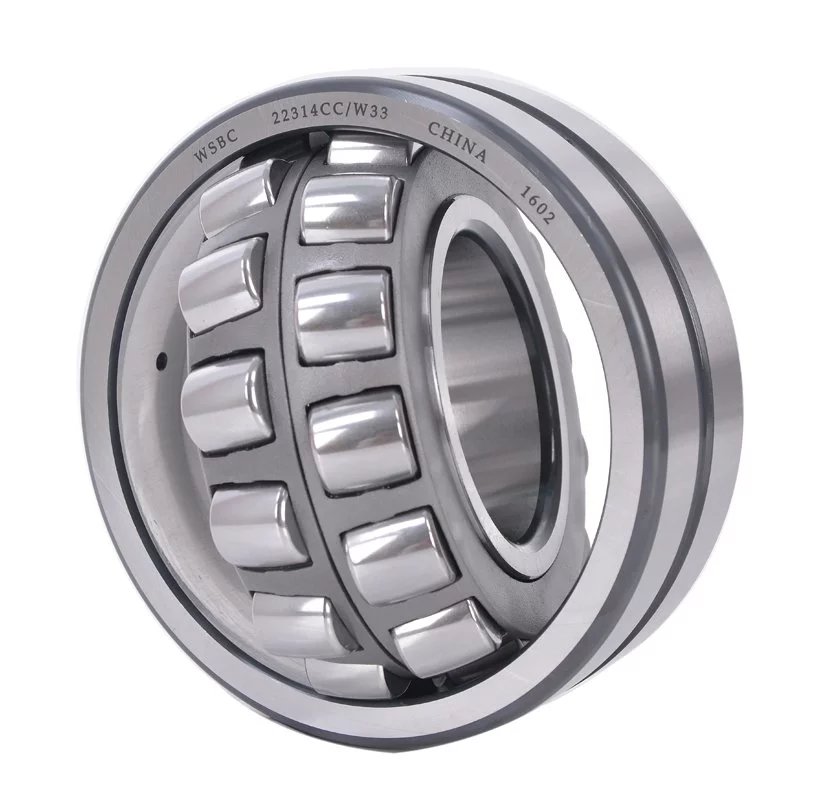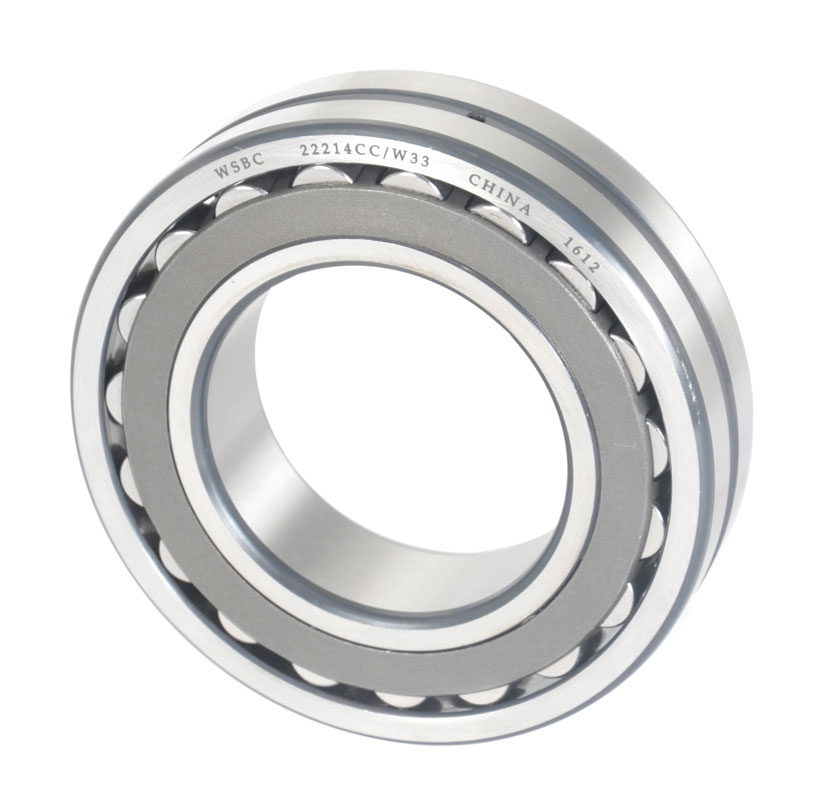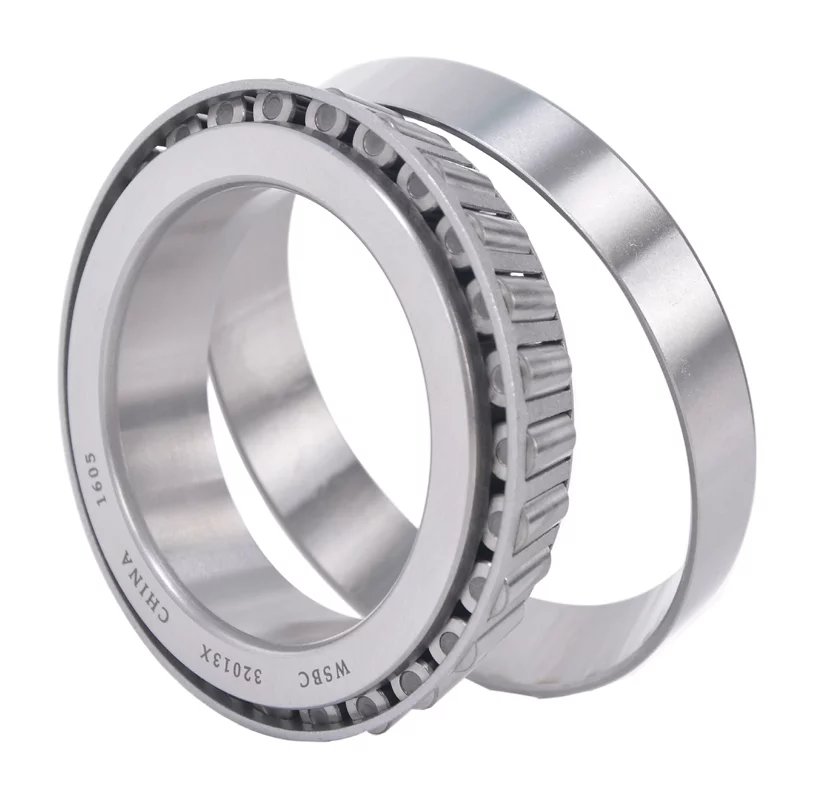News
Oil - Gas Lubrication Is The Best Lubrication Method for High Speed Bearing
Time:2019.12.19 Source:Roller Bearings Suppliers
1. What is high speed bearing?
Bearings are essential in the modern industry, and even bearing technology will affect the development of some fields. Many things we usually see, such as cars, door rests, and many other areas, are used in bearings in different places so that the classification will be different.
Due to different approaches, they are divided into low-speed bearings and high-speed bearings. They are distinguished based on the linear velocity of the bearing, and the high linear velocity is the top speed bearing.
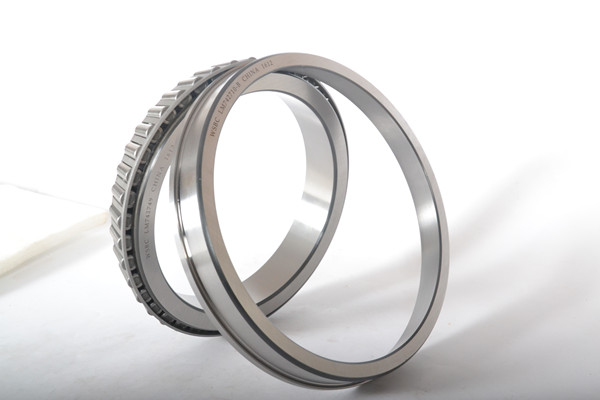
The place responsible for rotation in the bearing is also different. At low speeds, it mainly uses circular, cylindrical, or even conical rotors, and high-speed bearings use bearing pads.
From the appearance point of view, it will be found that the surface of the high-speed bearing will look smoother, and the surface will not be as rough or pitted as the low-speed bearing.
The distance between the outer ring and the inner ring is very small, and the accuracy of the bearing is relatively high. At low speeds, its surface will be relatively rough and the accuracy will be worse.
There are also individual differences in the materials used. high-speed bearing
In the end, these uses are some metallographic, high hardness steels that can withstand relatively high pressures.
2.High speed bearing ideal lubrication method-oil and gas lubrication
The high efficiency of modern industrial equipment requires higher rates, and the requirements for bearings are becoming higher and higher.
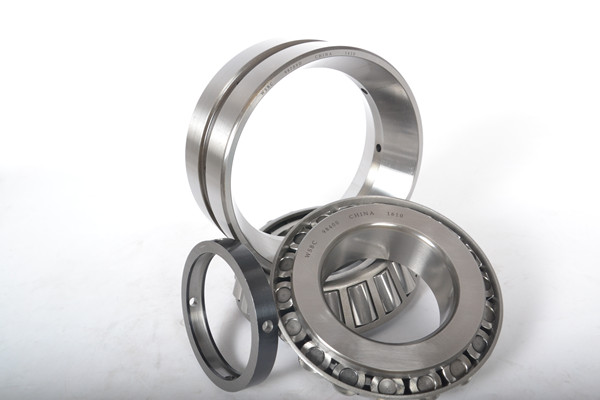
On the one hand, it stimulates bearing manufacturers to develop new bearings that are more suitable for high-speed and ultra-high-speed operation. On the other hand, it is also expected to change the bearing lubrication to ensure higher speed and longer life. Oil-air lubrication is a new bearing lubrication technology that has been practiced for many years and is suitable for high-speed and ultra-high-speed bearing lubrication.
As we all know, the key factor restricting the increase of the speed of the bearing is the increase in the operating temperature of the bearing. When the bearing is running, its temperature rises rapidly. With the accumulation of heat, the bearing will quickly cause a "burnout" situation when it exceeds the limit temperature value. Therefore, it is essential to apply a lubrication method that can immediately remove heat when the bearing is running at high speed, and the temperature does not change sharply.
In traditional lubrication, there are mainly grease lubrication and thin oil circulation lubrication. The method of grease lubrication is not conducive to the heat dissipation of the bearing. When the temperature is too high, it is easy to cause the carbonization of the grease, making the bearing more prone to wear, and even "locking." Although thin oil circulation lubrication can take away the heat of the bearing to a certain extent, it has no advantage at higher speeds. And as the weak oil circulation system has a top purchase and operation cost, takes up a lot of space, and quickly causes problems such as pollution of the surrounding environment, this method will not become the primary method of high-speed bearing lubrication.
Oil-air lubrication uses compressed air to bring the lubricating oil pumped out by the micropump into the bearing. Oil and gas lubrication provides the bearing with a small amount of lubricating oil. On the other hand, compressed air can take away the heat generated during the operation of the bearing in time, thereby preventing the bearing temperature from rising.
Hot Topics
Copyright © Wuxi Spark Bearings Co.,Ltd Co., Ltd All Rights Reserved. Sitemap
www.spark-bearing.com. Profession in Roller Bearings, Ball Bearings and Taper Toller Bearings-China Suppliers.
